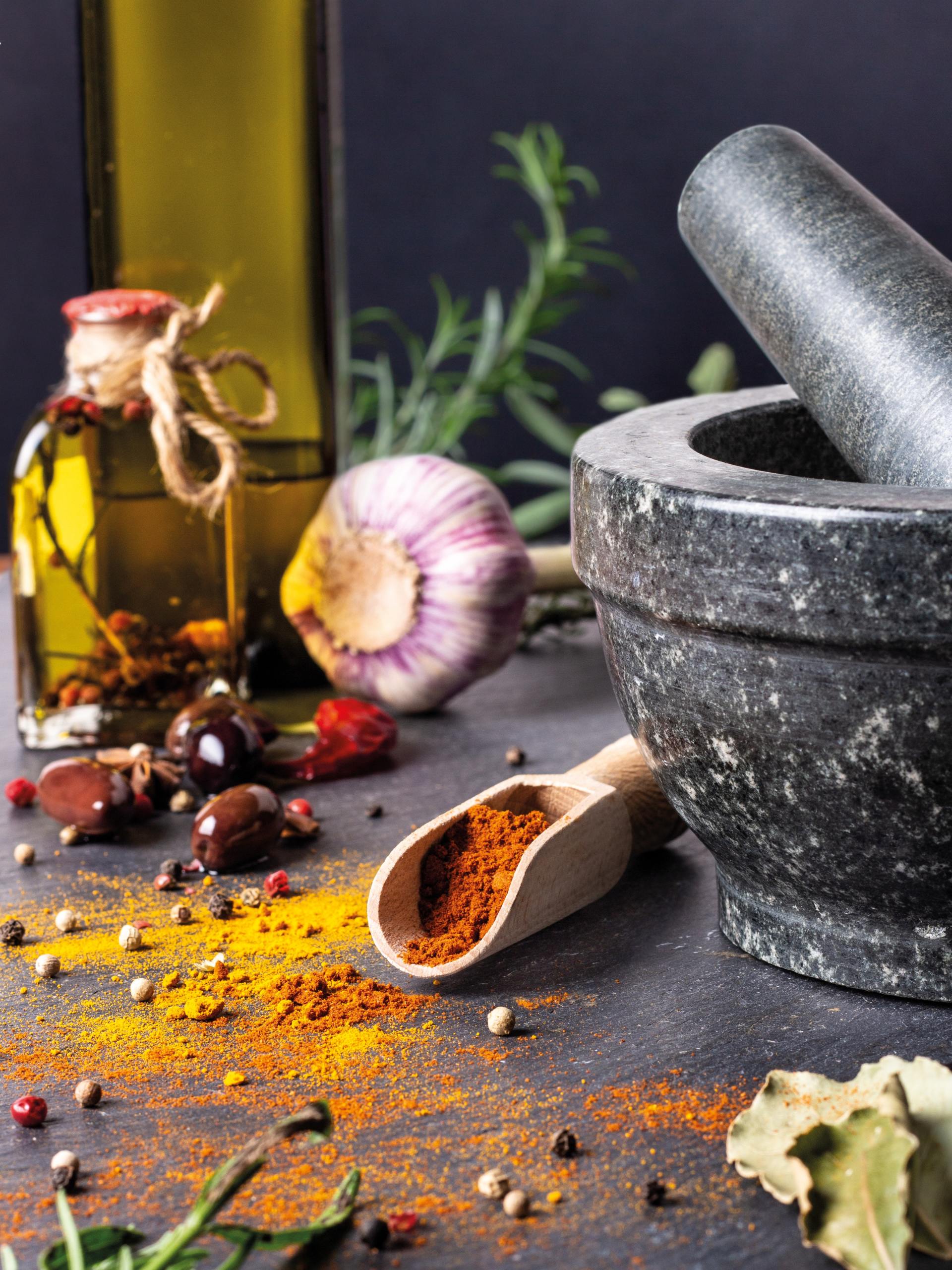Organic turmeric CO2 extract
10ml 21.50 sgd / 30ml 45.00 sgd
Botanical name: Curcuma longa
Origin: Indonesia, India
Extraction: Supercritical fluid extraction (CO2 extraction)
Plant part : Organic dried rhizome
Scent: Warm, smooth, deep woody aroma of the freshly cut root.
Aromatherapy: Improves mental clarity, calming, anti-stress.
Skin/bodycare: Warming, increases circulation, improves inflamed and acne-prone skin.
Blends well with: Cananga, Labdanum, Ginger, Orris, Clary Sage, Mimosa.
Best before May 2023 (BN2008), July 2022 (BN1801).
Turmeric CO2 vs EO
The process of steam distillation (essential oil) is unable to extract turmeric’s most important and therapeutic compound – Curcumin . That is why Vizü decided to source for the highest quality CO2 extraction of turmeric which is most often prized by herbalists and practitioners of traditional Chinese and Indian medicine.

